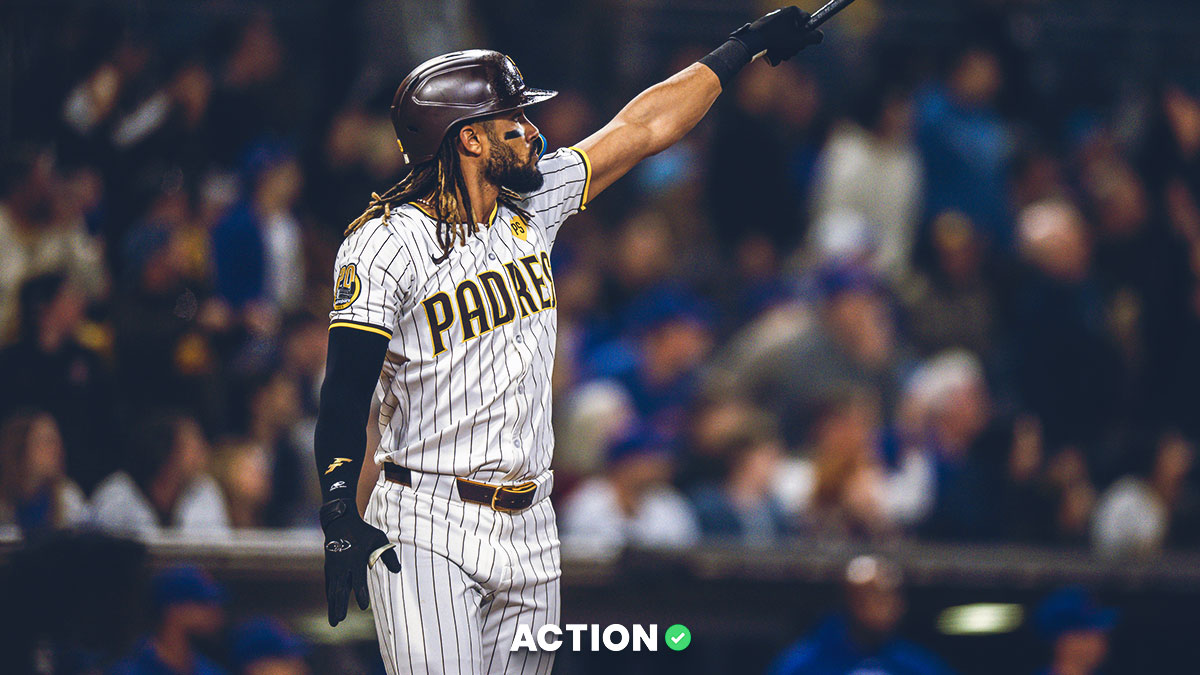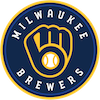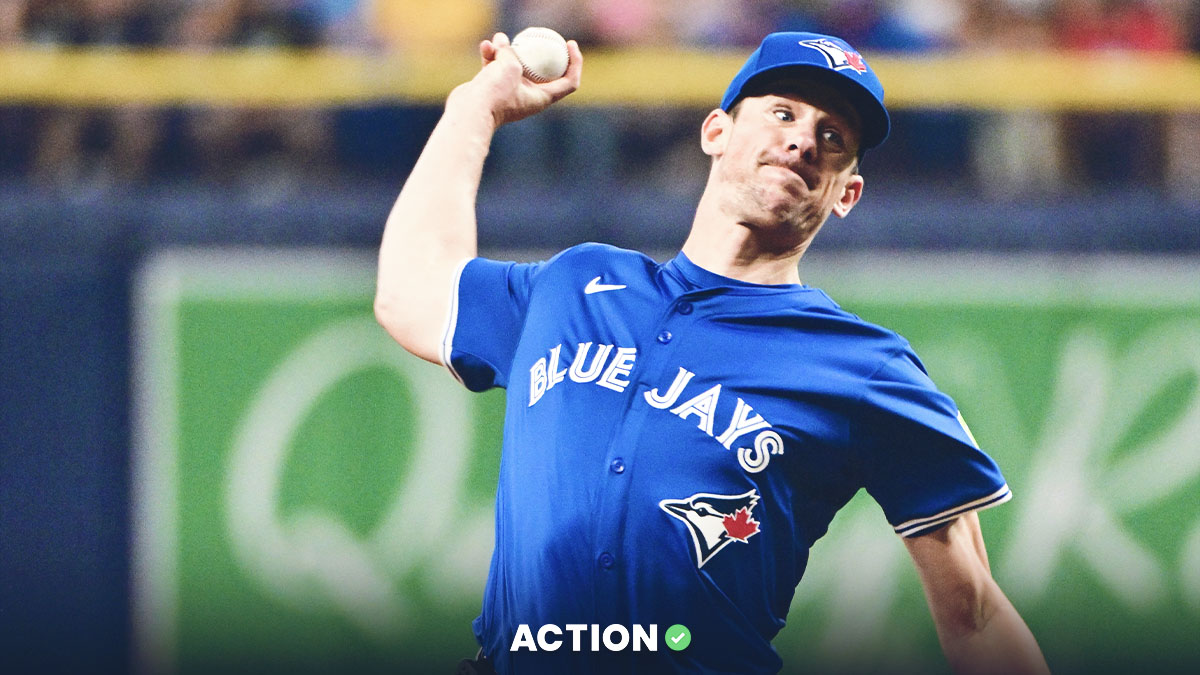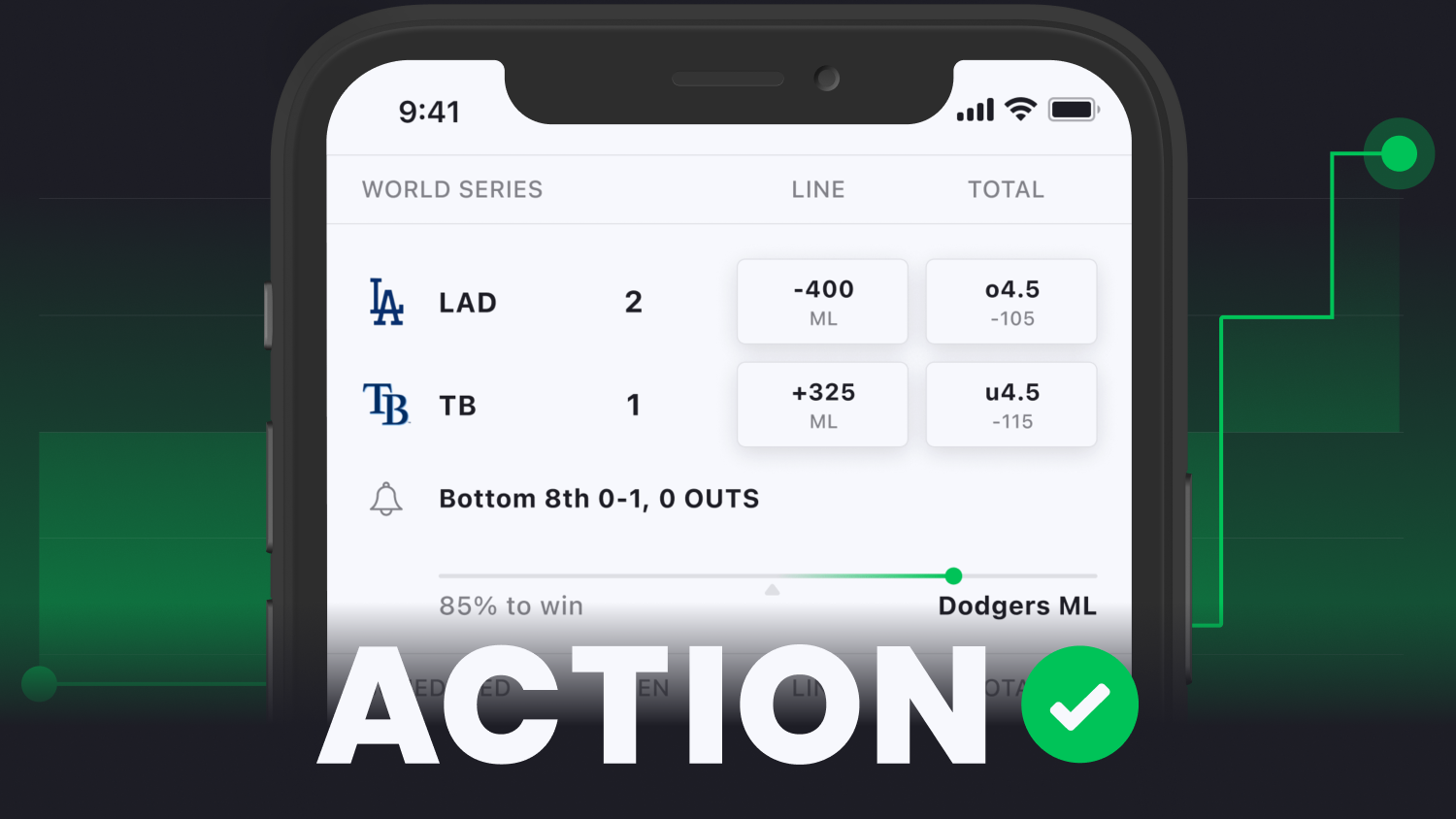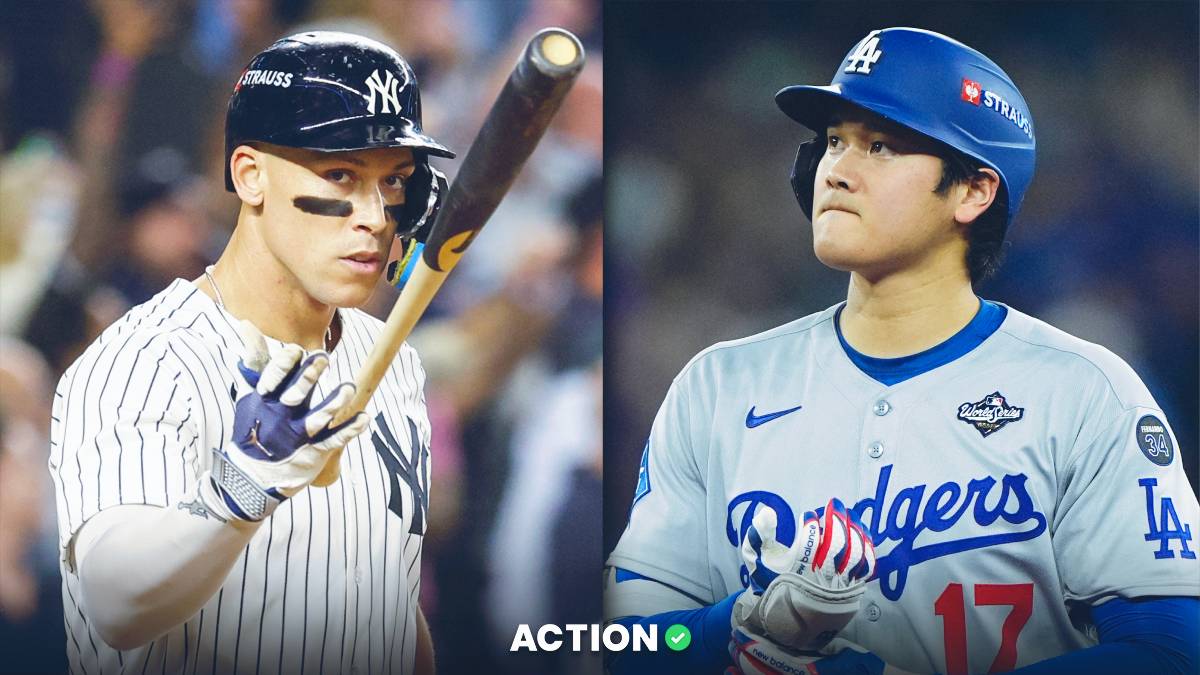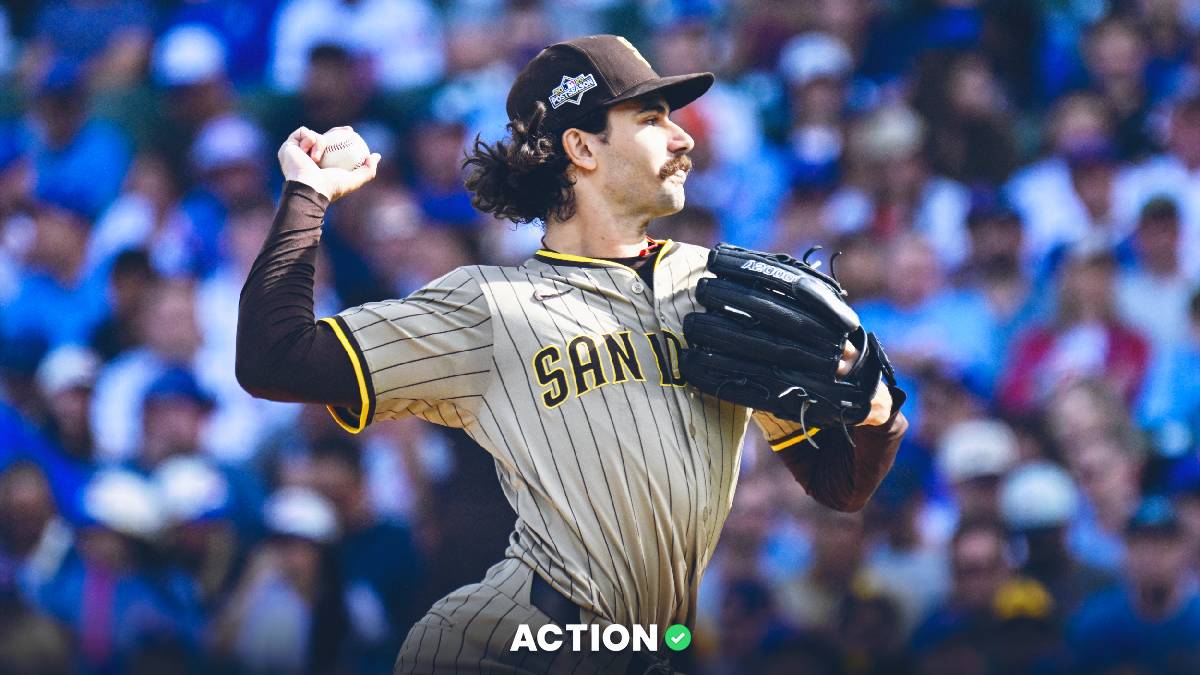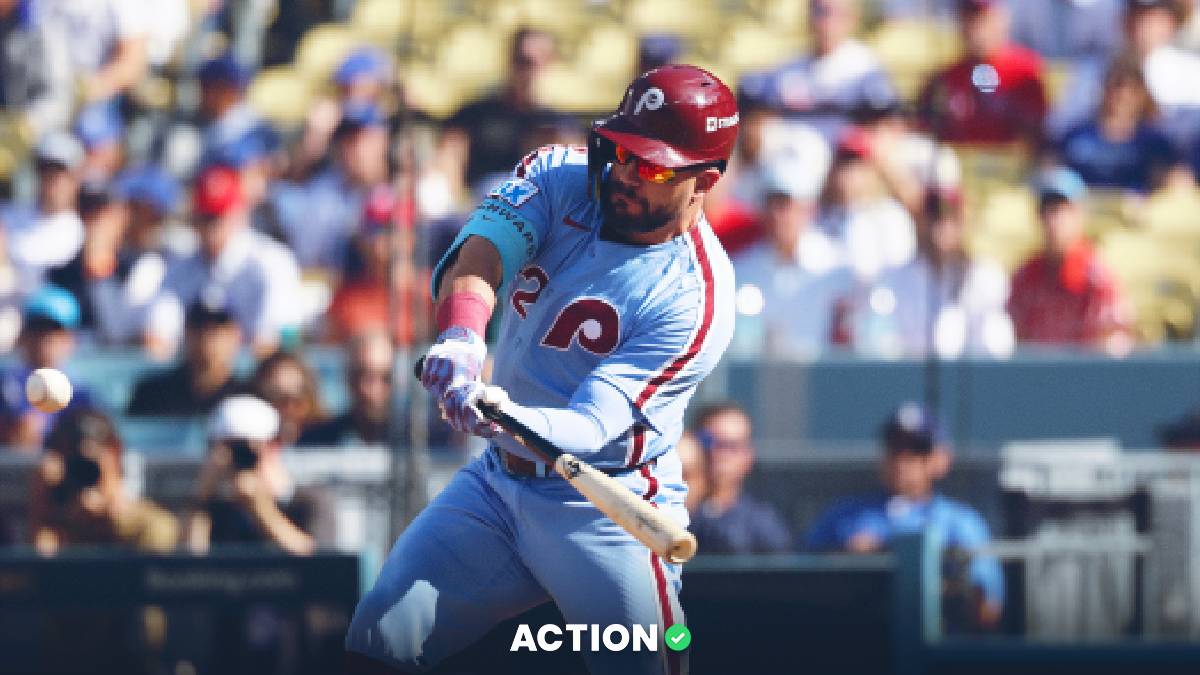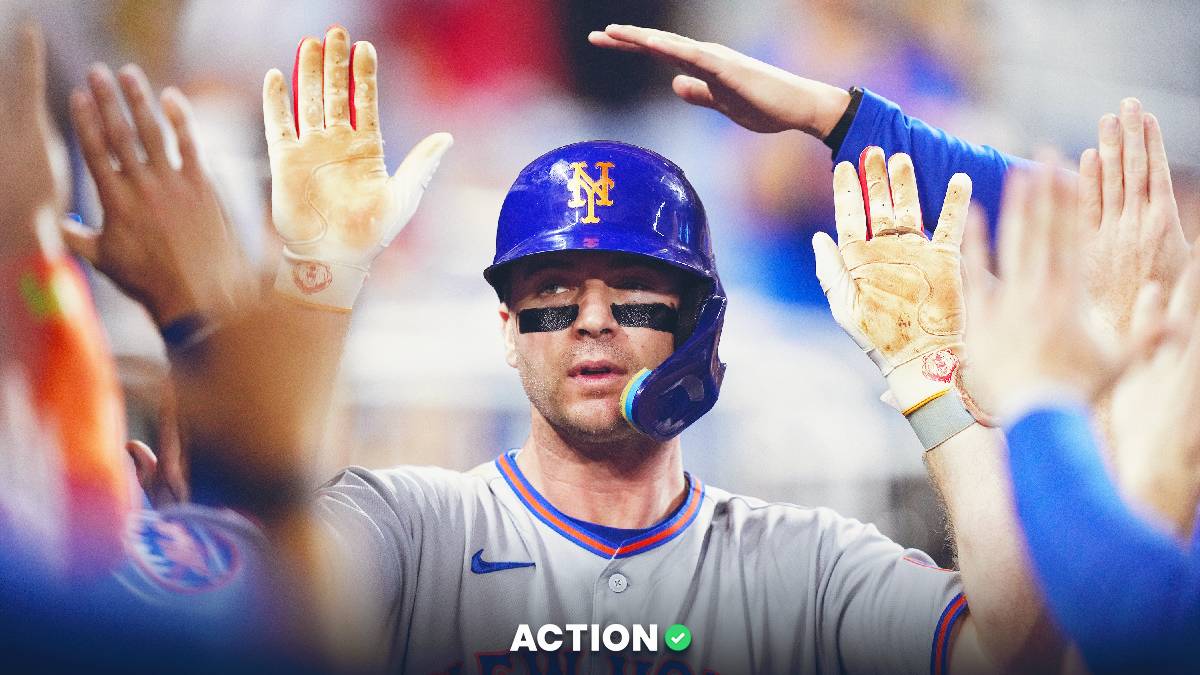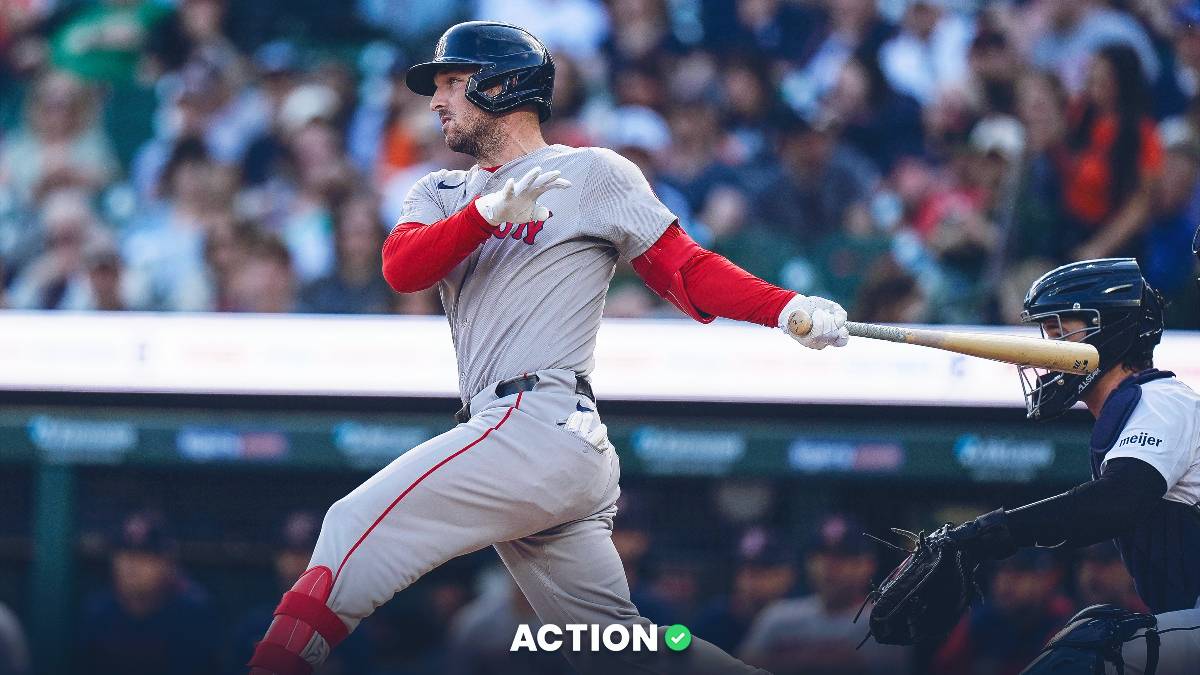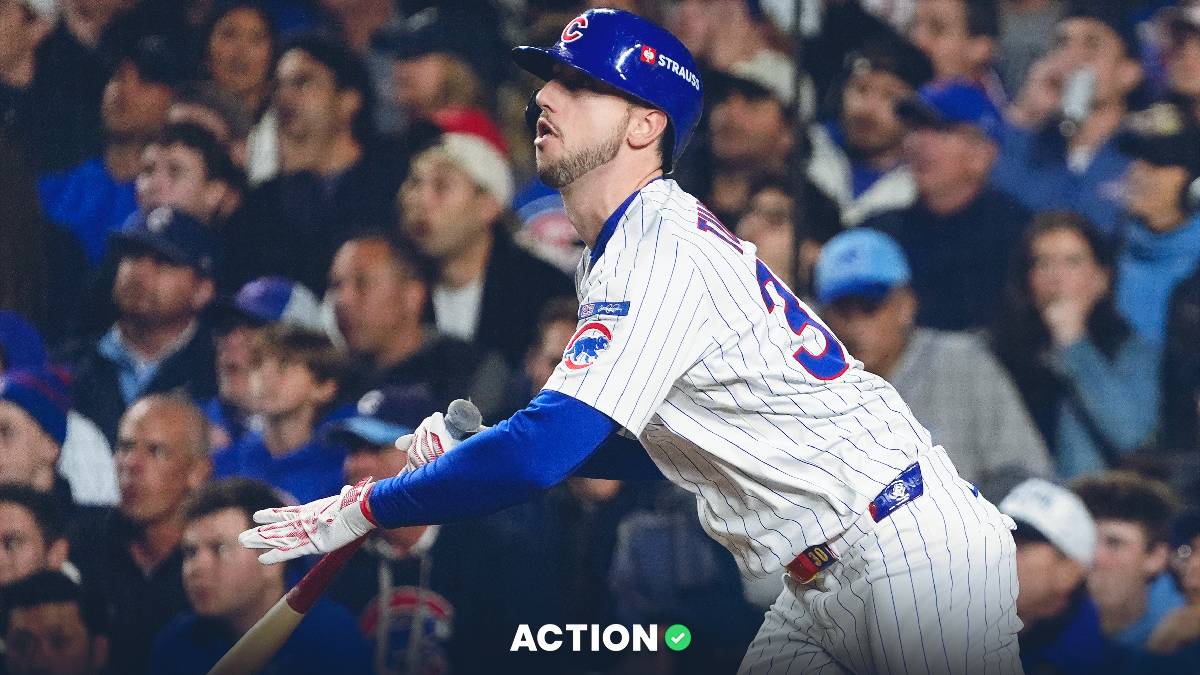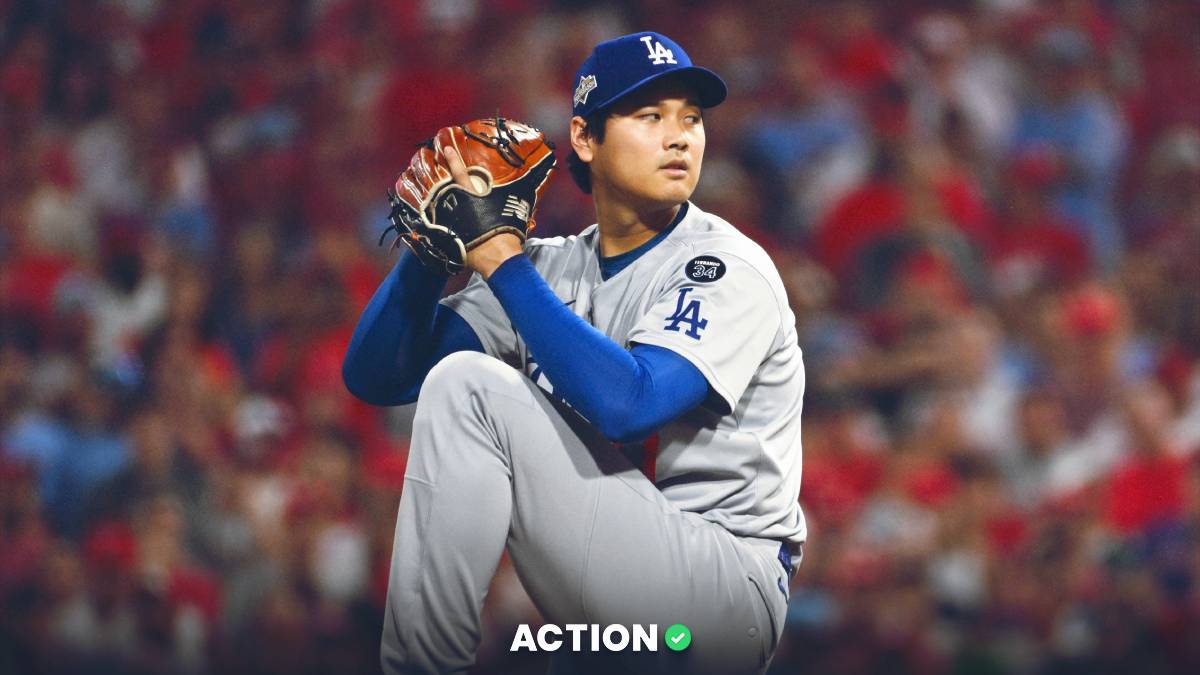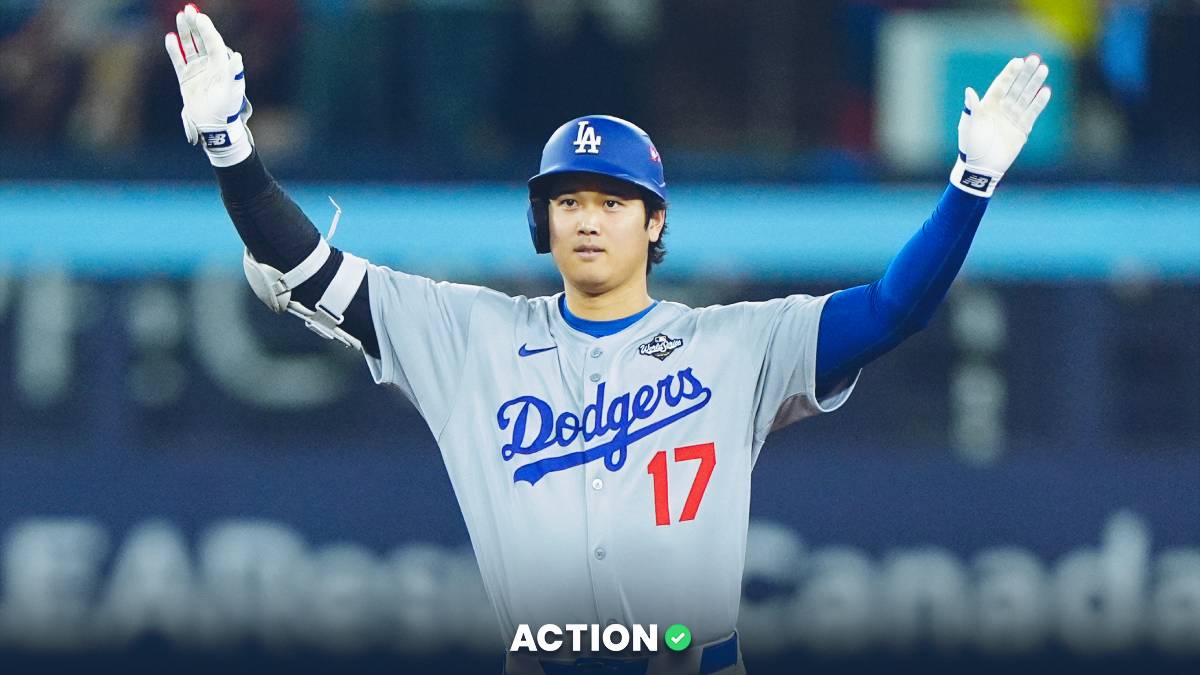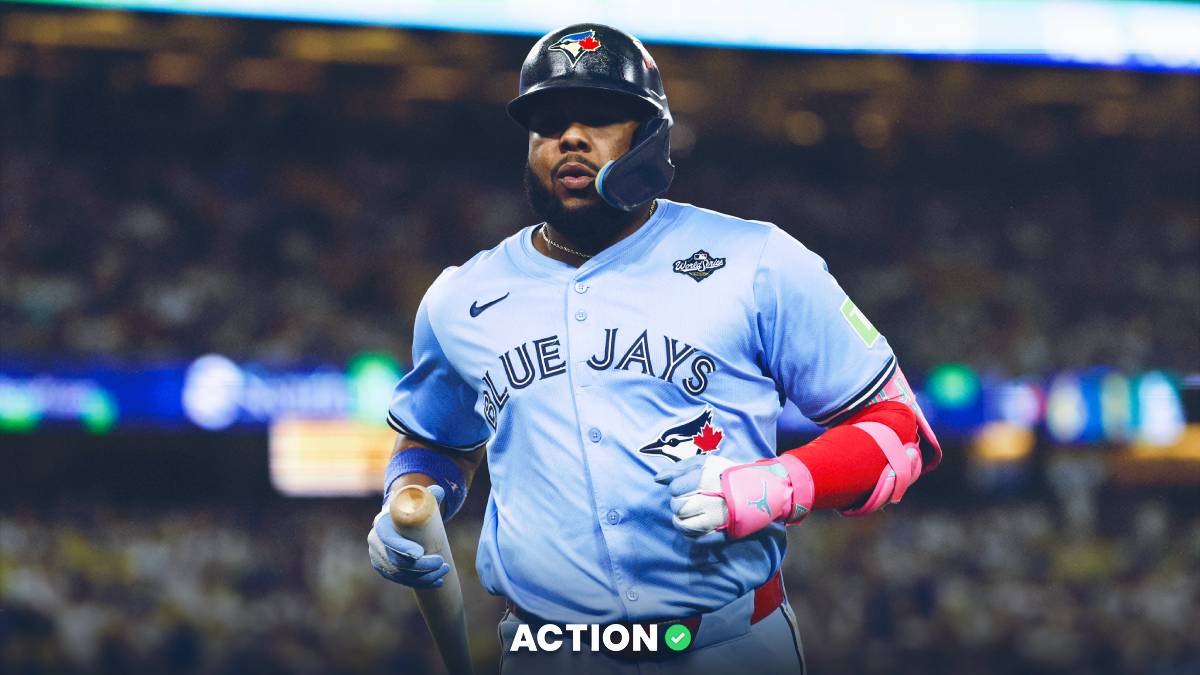One of the most popular promotions in the sports betting community is back once again this week: Dinger Tuesday from FanDuel.
The promotion allows a user to bet $25 on one player in every MLB game played that day to hit a home run. Regardless of whether the player you bet on homers, you receive $5 in free bets back for each home run hit in the game, with a max return of $25 for the game.
Many users have been limited by FanDuel this season and are only allowed to receive a maximum $25 back in free bets — essentially five free homers back for the day in free bets. Last season, there were higher limits, usually $50, on the return in free bets for players.
Given the average number of home runs in an MLB game in 2023 was 2.20, you will receive an average of $12 in free bets back for each $25 home run bet you make, without accounting for the loss in expected value on the vig of the home run "yes" prop.
If you’re not limited at all, you should play as many games as you’re comfortable with because the promo is still plus-EV for most of the board.
If you are limited to the max return of $25, an average of 2-3 games will return your $25 maximum free bets.
Note: It could be just one game to reach the $25 ceiling if there are five homers in that game.
Here are my three favorite home run picks for the second Dinger Tuesday of the 2024 season.
Check out the new-user FanDuel promo code offer before placing your MLB bets!
As long as Christian Yelich is running an average launch angle in the double digits, he's going to be undervalued in the home run market.
Yelich has cut his early season ground-ball rate by 10% and has hit 34% of his batted balls as fly balls. At some point, Yelich is likely to regress down toward his career averages. It's impossible to know for sure, but a renewed emphasis on pulling and lifting the ball could have the former MVP tapping into more raw power.
Hitting in one of the best hitters' parks in baseball — Great American Ball Park is No. 1 in home run Statcast park factors — Yelich shouldn't be +520 to homer this week. Reds starter Frankie Montas has been stellar through two starts, but he carries a career 1.1 HR/9 despite playing most of his career in a huge Oakland park that suppresses homers.
Yelich featured in last week's column given his matchup with Twins right-hander Louie Varland, and we're targeting the Minnesota starter once again.
Varland has allowed 17 home runs in his last 72 big-league innings across 2023-24. He has the upside to be a solid mid-rotation arm for the Twins, but the long ball seems to be a real skill issue for him.
Mookie Betts had a career-high barrel rate last year and his highest average exit velocity since doing weighted bats training prior to last season, and he's continued that elite slugging upside into the early portion of 2024. Betts had a .491 SLG against cutters and was .637 against fastballs last year — those pitches are Varland's two main offerings.
Fernando Tatis Jr. homered on Monday night to help complete the Padres' epic comeback against the Cubs in the series opener.
San Diego's slugger missed all of 2022 and wasn't quite right offensively in 2023, but there are some very encouraging signs that he's back to full health. Tatis has hit a ball 116.7 mph already this year, which is his career high in the Majors. When you consider his Max EV was just 113.4 last year, the extra power in his swing raises his power ceiling once again.
Tatis gets a matchup with Cubs rookie righty Ben Brown for at least the first few innings. Brown has elite stuff but has struggled with command, which could leave him vulnerable to the long ball. He allowed 1.11 HR/9 in Triple-A last year, so he projects around league average from a homer perspective.
Padres players complained about the hitting environment in their home park and the batter's eye was changed ahead of this season as a result. Petco Park played as a bottom-five offensive park last year, and while the sample is way too small to make any conclusions, offense is notably up at Petco early this year.
Overs at Petco Park are 5-2-1 to the over, covering by an average of multiple runs per game. It's backed up by the Statcast data, as well.


